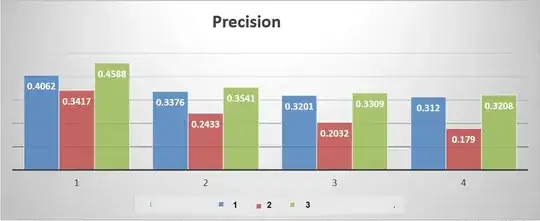I have data from a website where a specific advertising campaign happened a couple of years ago. What I want to do is to estimate how the signups on that website would have been without that big campaign.
In specific, I have the signups of every single day for the last 10 years and I have one event that happened 2 years ago. The time series is not linear or doesn't have any fixed seasonality. However, the general trend is going downward. I don't have any control groups. The campaign was applied to everyone at once.
Things I tried to do:
Ran a forecasting model (Prophet) fitting the data up to the campaign event. Then predict with the model the next 2 years to see how the number of signups could have been today. The problem here is that the time series is affected by smaller events that had an impact (far far smaller than the big one) after the big campaign. As a result the Prophet model doesn't take those into account.
I tried CausalImpact, but since I didn't have any control group, I used other time series as the estimators. Like the number of visitors, the number of logins etc. I got decent results with this, but I would like to experiment more and evaluate the CausalImpact prediction with another model.
Is there any intervention analysis I could do without control groups, but also taking into account the impact of events after the one we study?
EDIT
Unfortunately, I cannot add the actual data due to several restrictions. However, this is a dummy sketch that follows the same trend and those small bumps of the small events' impact.
The second peak represents the big campaign. Which is unique compared with the other small peaks. And as you can see, the line towards the end of the graph looks like it reaches a plateau.
